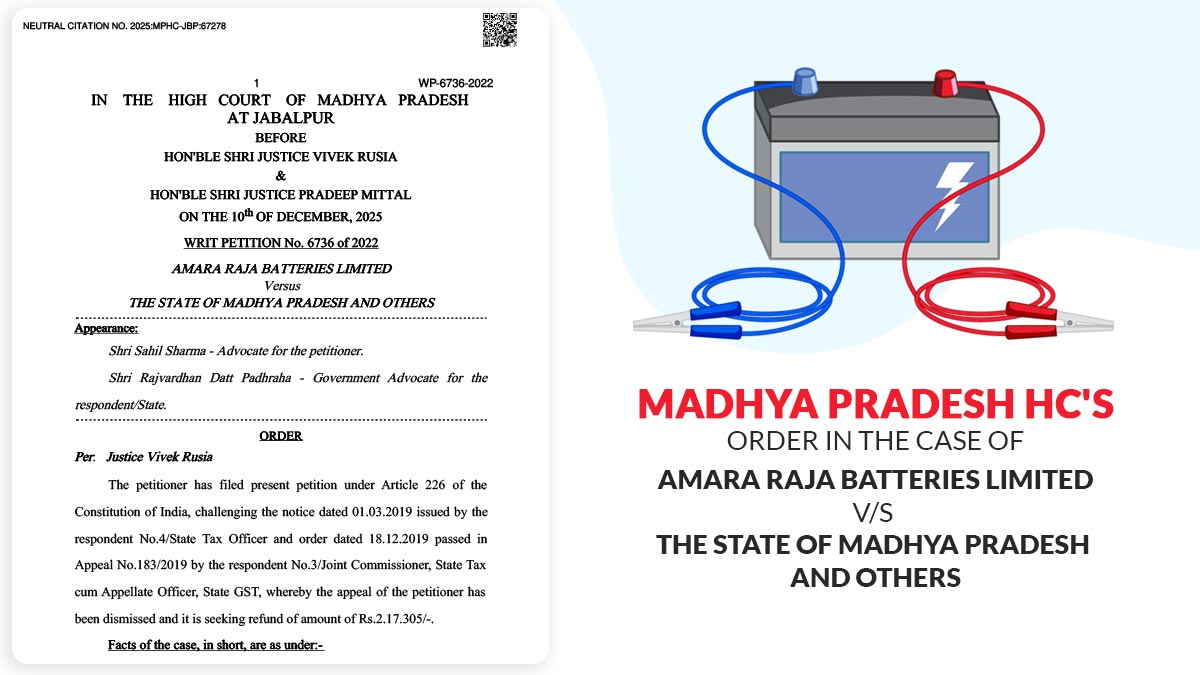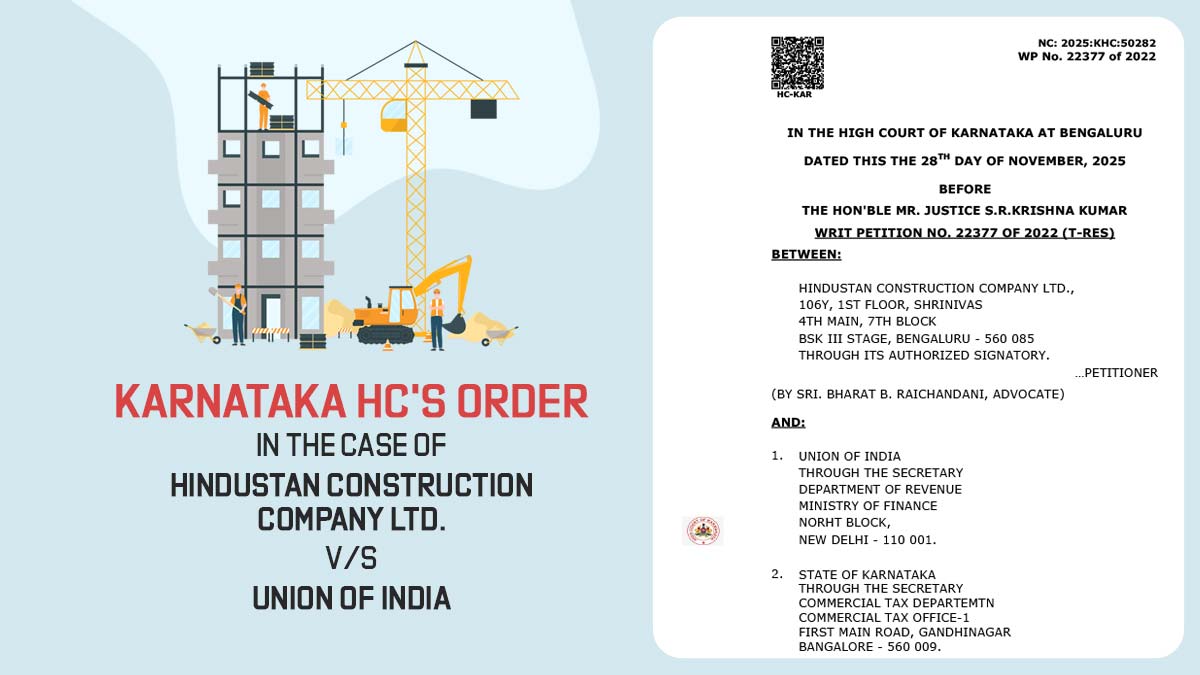
In a bid to make the tax reform structure easier, the government will most probably reduce GST slab rates from five to three in the next couple of years. Aviation Turbine Fuel (ATF) and Natural Gas are also likely to come under the GST ambit along with real estate.
Lower GST Rate for Real Estate
Real estate is one of the few sectors where the tax rate was increased significantly under GST. To resolve this issue, the Indian government is reportedly working to slash the GST rate on real estate. Under the new norm, the GST rate on property under construction will be reduced to 5% (without input credit) or 8% (with input credit). It is being speculated that the second scenario with lower GST rate along with input credit would be better for most people. In any case, home buyers are likely to get benefit after the reduction in GST rates.
New System for GST Compliance
The government recently made some changes in the return filing system under GST which will be implemented from April 2019. Under the new return filing system, ITC will be given to businesses to the extent of the amount reflected in the new GST system after proper analysis of GST returns and invoices.
Additionally, under the new compliance framework, the taxpayers are entitled to file returns once in a month rather than a quarter.
It is being assumed that the new compliance framework would be more effective and in the meantime, businesses would get sufficient time to take necessary actions relating to Information Technology without disturbing their daily business activities.
Resolution of GST Disputes
Various issues such as transitional issues, input credits and advance rulings were experienced during the first 18 months of GST implementation, and the companies had requested to the court regarding these issues.
There have been many issues such as different states taking different positions on the same GST issue against the advanced ruling. Even the GST council had taken the decision to form a centralised body to deal with such issues in the recent meeting, the process of which will be followed. However, in the long-term, it would be beneficial if the council works on ensuring that the tax laws are consistent across all the states to avoid any confusion.
Better Tax Administration
The government should make the tax administration more tightening to ensure that no can evade taxes. The GST collections, so far, have not been very impressive. The government had to make several cuts in the GST rates and offer relief to small businesses which have eventually had an impact on the revenue. The government will need to follow better procedures to avoid tax evasion and increase GST compliance around the country.









